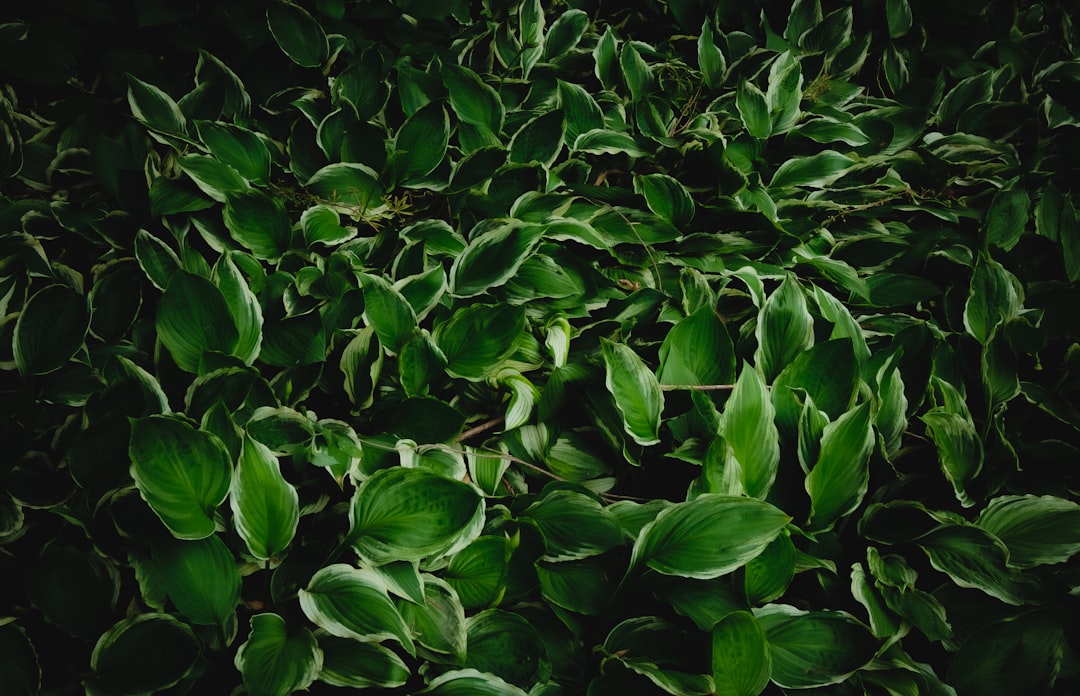Unveiling the Secrets of Garden Weed Identification and Removal

Maintaining a beautiful and healthy garden or lawn is a dream for many homeowners. However, the presence of weeds can quickly turn this dream into a nightmare. Weeds not only compete with your plants for nutrients, water, and sunlight but can also harbor pests and diseases. In this article, we will explore how to identify common garden and lawn weeds using photos and descriptions, and provide you with tips on the best ways to get rid of them.
### Identifying Garden and Lawn Weeds
One of the first steps in effectively dealing with weeds is being able to identify them correctly. Different weeds have different characteristics, growth habits, and control methods. By using photos and detailed descriptions, you can easily spot the invaders in your yard.
#### Dandelions
Dandelions are perhaps one of the most well - known weeds. They have bright yellow flowers that turn into white, fluffy seed heads. The leaves are long, jagged, and grow in a rosette pattern close to the ground. Dandelions have a deep taproot, which makes them difficult to remove completely. If you pull them out without getting the entire root, they will likely grow back.
#### Crabgrass
Crabgrass is a common lawn weed. It has a low - growing, spreading habit, with wide, flat blades. Crabgrass often starts growing in bare or thin areas of the lawn. In the summer, it produces seed heads that look like small spikes. Crabgrass thrives in warm, sunny conditions and can quickly take over a lawn if not controlled.
#### Bindweed
Bindweed is a vine - like weed with heart - shaped leaves and white or pink trumpet - shaped flowers. It twines around plants, fences, and other structures, choking out the desirable vegetation. Bindweed has a very deep and extensive root system, which makes it extremely persistent. Once it takes hold in your garden, it can be a real challenge to eradicate.
### Tips for Getting Rid of Common Weeds
Now that you know how to identify some common weeds, let's look at the best ways to get rid of them.
#### Manual Removal
For small infestations, manual removal can be effective. Use a garden trowel or a weeding tool to dig out the weeds, making sure to get as much of the root as possible. This method is best for weeds with shallow roots, such as dandelions in the early stages of growth. However, it can be time - consuming and may not be practical for large areas.
#### Mulching
Mulching is a great way to prevent weeds from growing in the first place. A layer of organic mulch, such as wood chips, straw, or shredded leaves, can block sunlight from reaching the weed seeds, preventing them from germinating. Mulch also helps retain moisture in the soil and adds nutrients as it decomposes. Apply a layer of mulch about 2 - 3 inches thick around your plants.
#### Herbicides
Herbicides can be an effective tool for controlling weeds, but they should be used with caution. There are two main types of herbicides: selective and non - selective. Selective herbicides target specific types of weeds, such as broadleaf weeds in a lawn, without harming the grass. Non - selective herbicides kill all plants they come into contact with. Read the label carefully before using any herbicide and follow the instructions precisely.
#### Lawn Maintenance
Maintaining a healthy lawn is one of the best defenses against weeds. Mow your lawn at the proper height, which is usually around 2.5 - 3 inches for most grass types. A taller lawn shades the soil, making it more difficult for weed seeds to germinate. Also, water your lawn deeply but infrequently to encourage deep root growth in the grass, which will make it more competitive against weeds.
In conclusion, identifying and getting rid of garden and lawn weeds is an ongoing process. By using the photos and descriptions to accurately identify the weeds in your yard and following the tips for control, you can keep your garden and lawn looking their best. Remember, a little prevention and early intervention can go a long way in maintaining a weed - free outdoor space.